The richest American environmental nonprofits are strong promoters of weather-dependent energy. Nearly all of their webpages have images of wind turbines and solar panels.
Visual Clutter
For example, the Natural Resources Defense Council’s webpage for renewable energy shows solar panels covering once-green mountaintops.
The caption reads:
Accelerating its shift to a new clean energy system will help China to ensure that it can peak its fossil fuel use and carbon emissions as early and as low as possible. Here, a mountaintop solar power plant in China’s Nanping City.
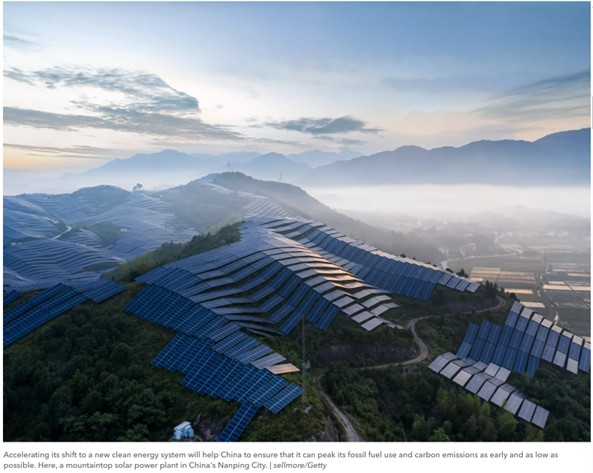
Credit: Natural Resources Defense Council.
The U.S. Bureau of Land Management appears to be promoting the polluting of mountain views with supposedly green energy. Multiple pages on bureau’s website for siting wind energy on public lands show the same photo of dozens of wind turbines blocking the view of snow-covered mountains.
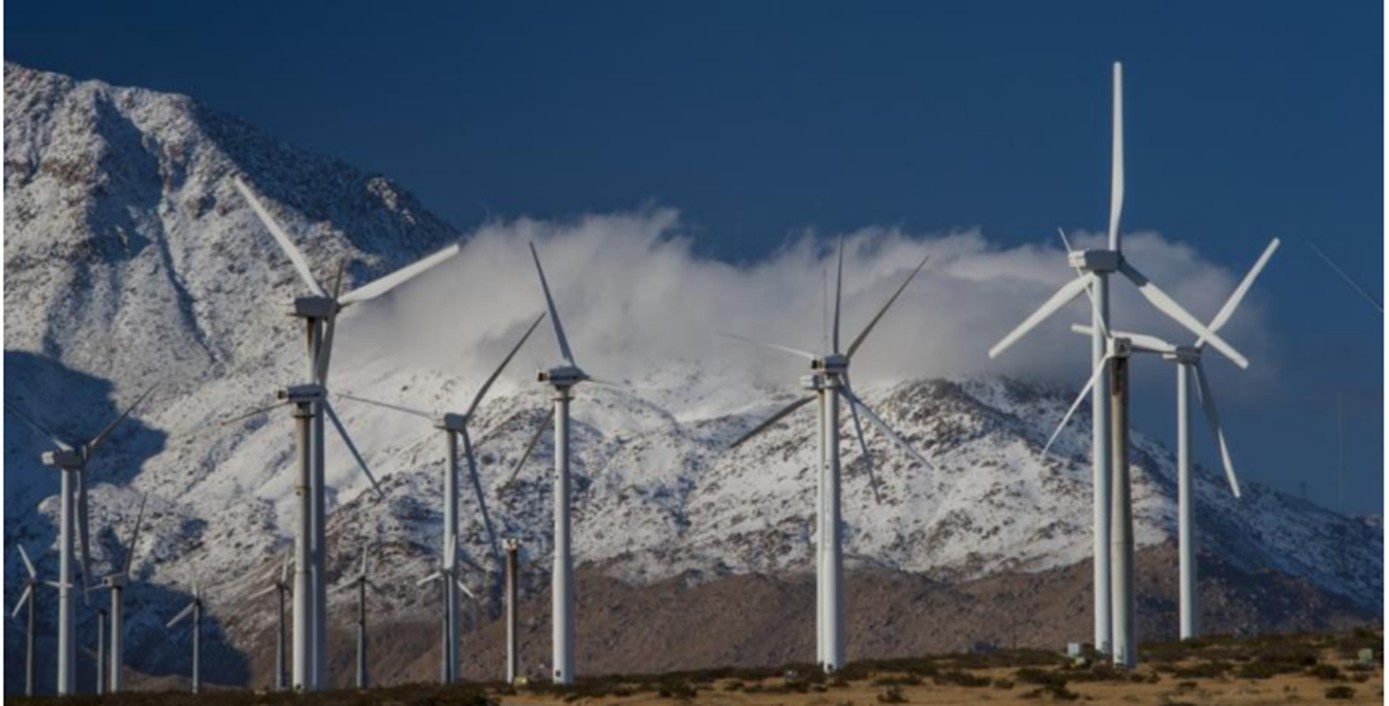
Credit: U.S. Bureau of Land Management.
“Renewables are booming” proclaims a November 2024 headline on the Sierra Club website, right above a picture of a sunset blocked by wind turbines.
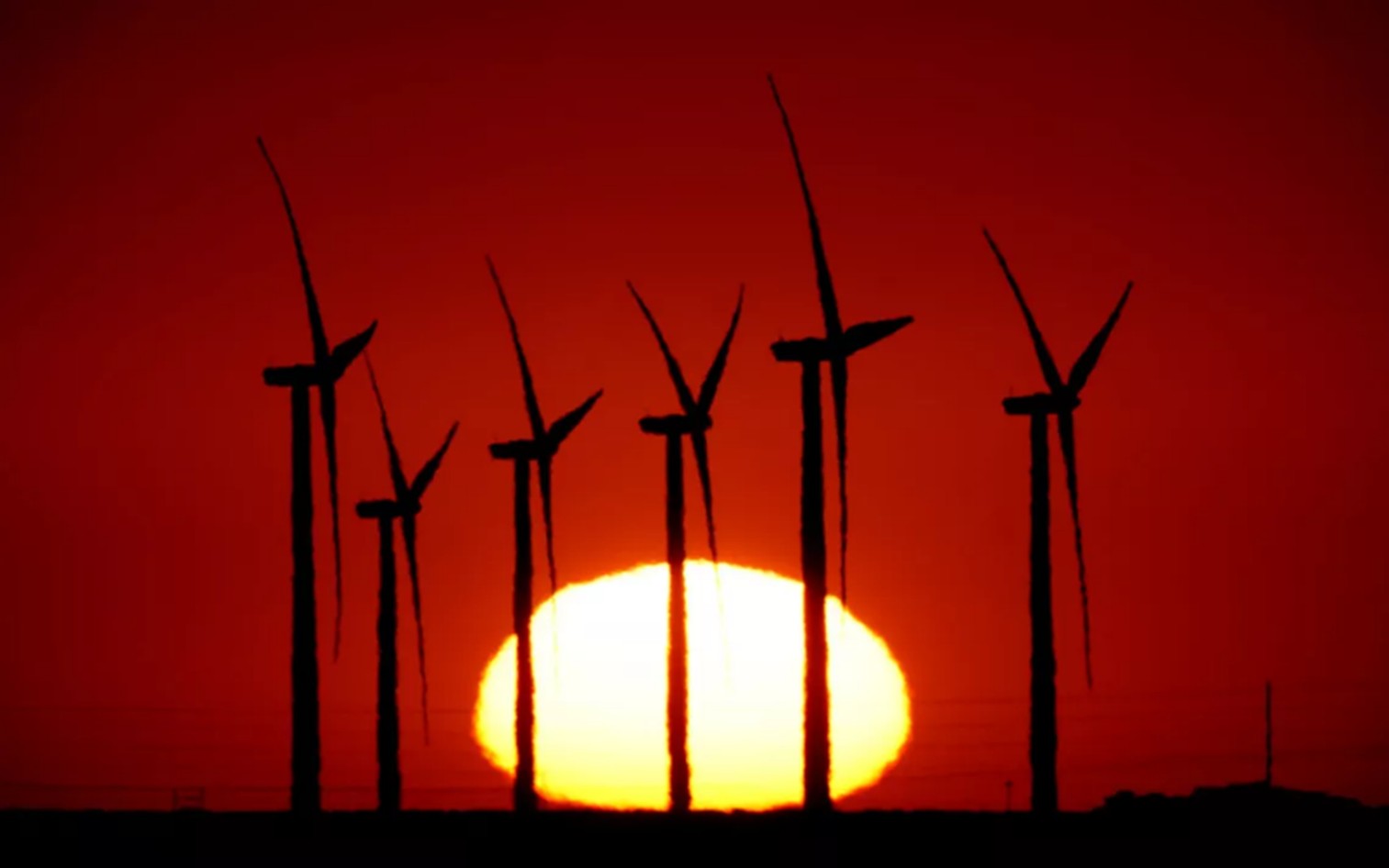
Credit: Sierra Club.
The page for “Renewable Energy” from the Union of Concerned Scientists boasts of “little or no pollution” and then provides a photo of wind turbines filling a mountain pass.
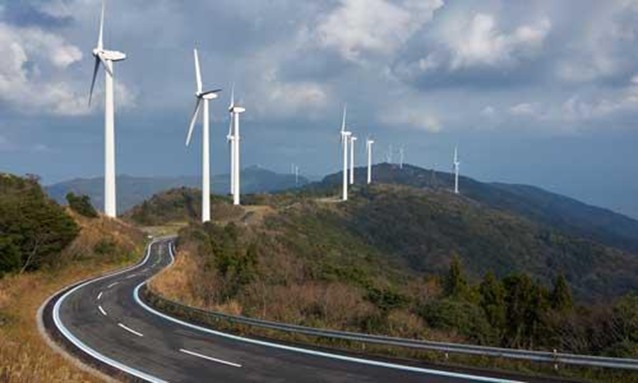
Credit: Union of Concerned Scientists.
The Natural Resources Defense Council website promotes a photo of dozens of wind turbines filling the scenery underneath a snow-capped mountain. The caption reads: “Limiting dirty fossil fuel production and transitioning to clean energy, like wind and solar, are critical in building a livable future.”
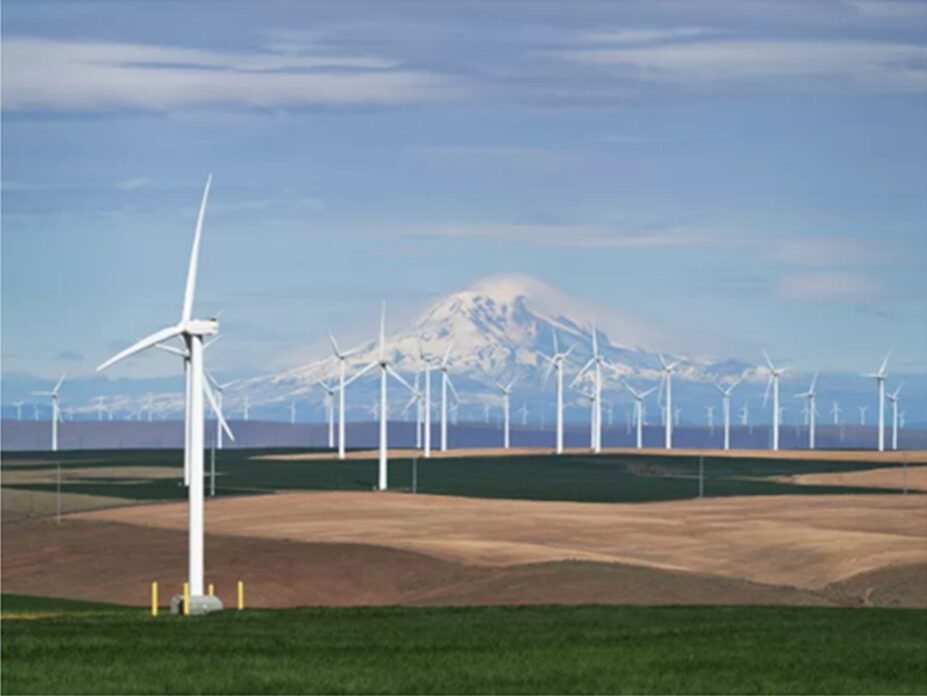
Credit: Natural Resources Defense Council.
Inherent Hypocrisy
Though unintentional, this cheerleading is an honest portrayal of two serious and hypocritical problems inherent in weather-dependent energy systems:
- They must devour a lot of land—otherwise known as “the environment” that the environmental groups claim to be conserving.
- The windy and sunny land (and ocean frontage) these systems need are often the same open spaces humans enjoy looking at and living near.
A 2021 analysis from Bloomberg News, titled “The U.S. Will Need a Lot of Land for a Zero-Carbon Economy,” came to this conclusion:
Wind farms, solar installations and other forms of clean power take up far more space on a per-watt basis than their fossil-fuel-burning brethren. A 200-megawatt wind farm, for instance, might require spreading turbines over 19 square miles (49 square kilometres). A natural gas power plant with that same generating capacity could fit onto a single city block. [emphasis added]
The Bloomberg report provided this graphic to explain that getting comparable wattage from wind requires 370 times more land than natural gas, and that solar needs 140 times as much land:

As shown above, obtaining electricity from carbon-free nuclear power is also far gentler on land use than wind and solar. Bloomberg provided this commentary:
Natural gas and nuclear energy are very compact power sources. A conventional 1-gigawatt reactor operating on 1,000 acres produces the same power as a wind farm spanning 100,000 acres.
For perspective, 100,000 acres is the equivalent of 156 square miles—or a hunk of the Earth larger than major cities such as Detroit, Michigan.
Similarly, the U.S. Department of Energy reached this conclusion:
Despite producing massive amounts of carbon-free power, nuclear energy produces more electricity on less land than any other clean-air source. A typical 1,000-megawatt nuclear facility in the United States needs a little more than 1 square mile to operate . . . you would need more than 3 million solar panels to produce the same amount of power as a typical commercial reactor or more than 430 wind turbines. [emphasis added]
Unrenewable Resources
Although wind and solar energy systems are promoted as “renewable” power, they consume a disproportionate amount of what we cannot renew—the prettiest part of our environment.












